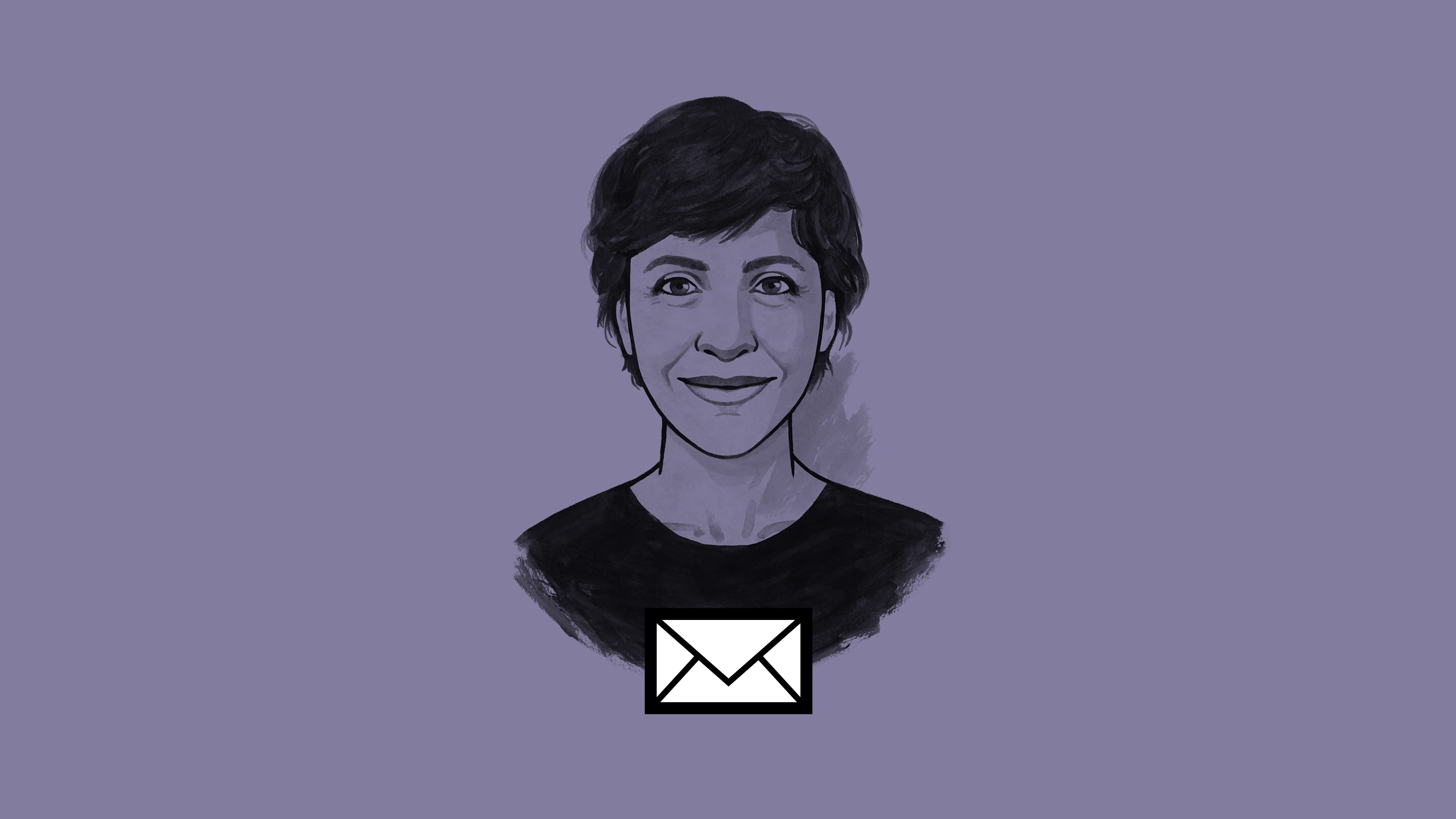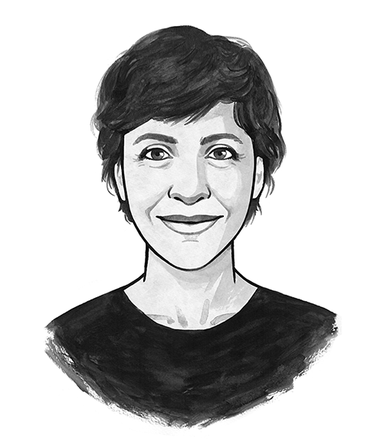It was December 2018 when I noticed a lot of friends sharing the news that they had joined The Correspondent as members.
Such excitement around an up-and-coming news platform surprised me. I have been a journalist for 15 years and I’ve seen hype around different platforms and ways of doing journalism, but this felt different.
The Correspondent was built on the success of Dutch sister site, De Correspondent, and intends to share that successful model with the whole world. It sounded ambitious and idealistic, which I liked. Still, I had to ask myself: how different can this really be? A tingling in my stomach made me hopeful.
Looking for a new kind of journalism
After a decade and a half of working for news media around the world, mostly as a foreign correspondent, I had come to question many of the everyday practices of journalism. Take breaking news for example: while covering the death of Hugo Chávez in Venezuela in 2013, the news machine was moving so fast that it left me little time to be on the streets, actually talking to people. News was taking me away from journalism.
Then there was the issue of competition. We are often made to believe that journalism is about getting the scoop. But isolation makes our work as journalists pointless: one set of eyes is not enough to make sense of the world around us. What made my journalism feasible — and enjoyable — throughout my career was collaboration. Not only did I meet my Argentine husband thanks to a journalistic collaboration, but I also managed to produce a half-hour documentary on women’s football and gender inequality across three different continents.
For my entire career I have worked as a freelance, mostly out of choice. There were newsrooms I was not interested in joining, and others where I simply did not belong. I was born and raised in Italy, but have lived in ten different countries, mainly between Europe and South America. I am not a native speaker of English, but it has always been my working language. That was sometimes seen as a hindrance in my work, and people made fun of my accent. “But don’t we all have accents?” I asked myself. I definitely have one in all the six languages I speak — even in Italian, my mother tongue.
As The Correspondent’s crowdfunding campaign continued, I was seven months pregnant and feeling quite emotional about the future. If news shapes the way we see the world, by building more insightful journalism we can contribute to changing that world. I had not been able to say those words out loud since starting my career, but the campaign was giving me back hope. This is why I first became a member. And it is also why, when I saw the advert, I applied to become a correspondent.
I wanted to write about how societies worldwide are failing to give all children equal chances from the get-go
Throughout my career there have been so many stories that I have had a hard time selling to editors because they were not “newsy” enough. These were also the stories that I was most interested in telling. So I was left exploring the issues I cared about in my own time, applying for dozens of grants to finance my work.
This time, instead of applying for a grant, I applied for the position, explaining how I wanted to report on a person’s first 1,000 days, and how much they affect their future life. I wanted to write about how societies worldwide are failing to give all children equal chances from the get-go.
A practical kind of idealism
I now have the opportunity to cover these stories in-depth, together with a talented editorial team of visual artists, communicators, editors and other journalists, in an atmosphere that welcomes a breastfeeding new mum into the newsroom. I know that I have joined a team that enriches my own perspective, and a publication whose members will help me get an even broader understanding of the world. I will make mistakes, and so will our team. But I hope that you help us mitigate some of them by pointing out the perspectives we’re missing.
At The Correspondent, I feel at home because it has a good dose of idealism in its philosophy, but it’s also very practical. And our colleagues on De Correspondent are there to remind us daily that another kind of journalism is not only desirable, but also viable. I hope you join me on this ride and feel as at home as I do.
This article first appeared on Medium.com.

Stay up to date with Irene:
 Get a behind-the-scenes look at the First 1,000 Days of life
Follow Irene’s weekly newsletter to get an insight into her journalistic research, as well as the things that inform her writing on her beat about the First 1,000 Days of human life.
Get a behind-the-scenes look at the First 1,000 Days of life
Follow Irene’s weekly newsletter to get an insight into her journalistic research, as well as the things that inform her writing on her beat about the First 1,000 Days of human life.

